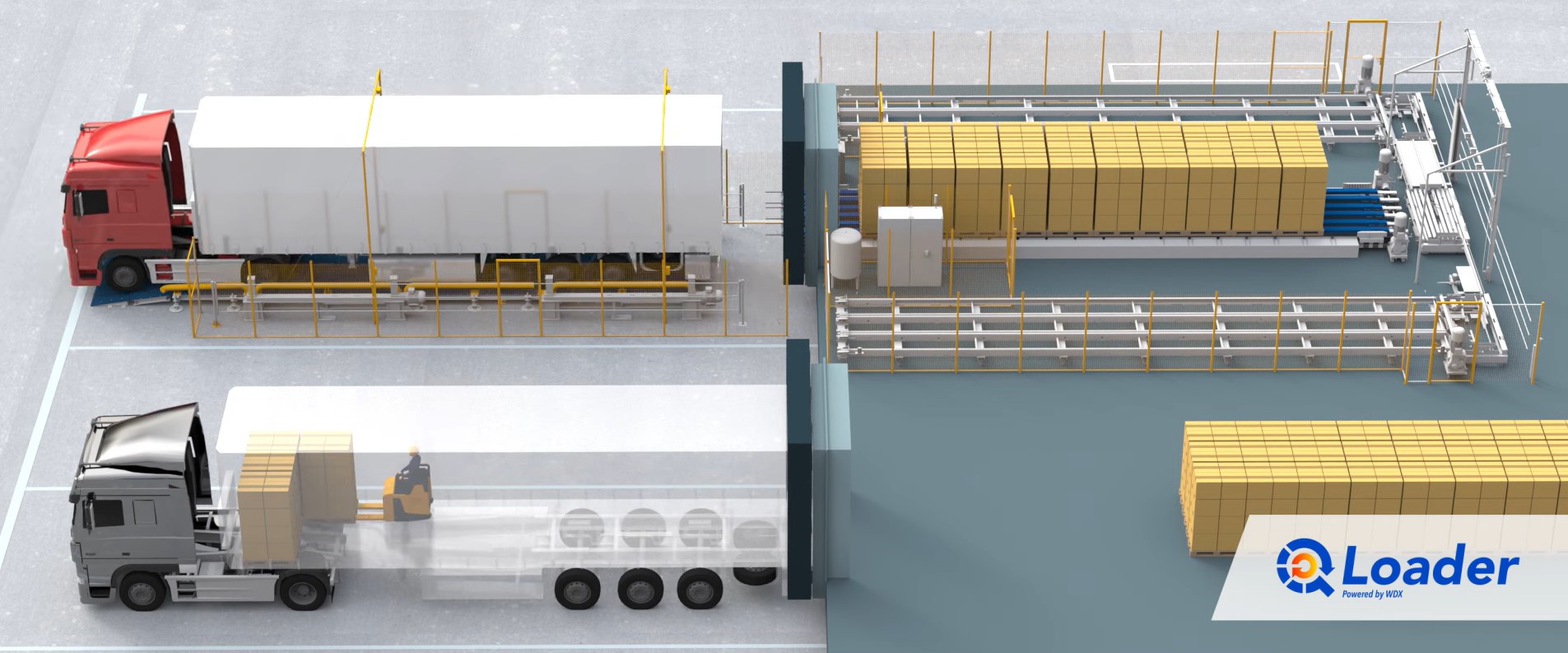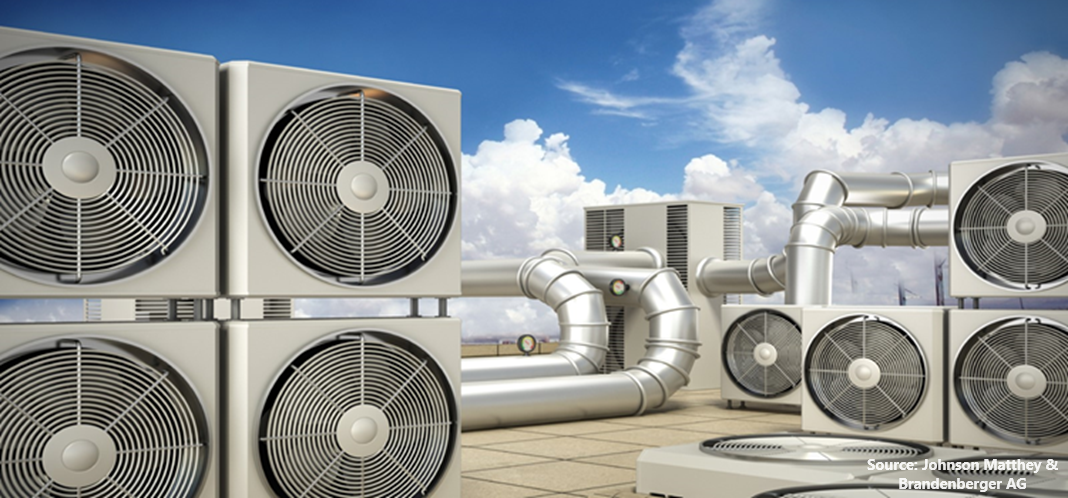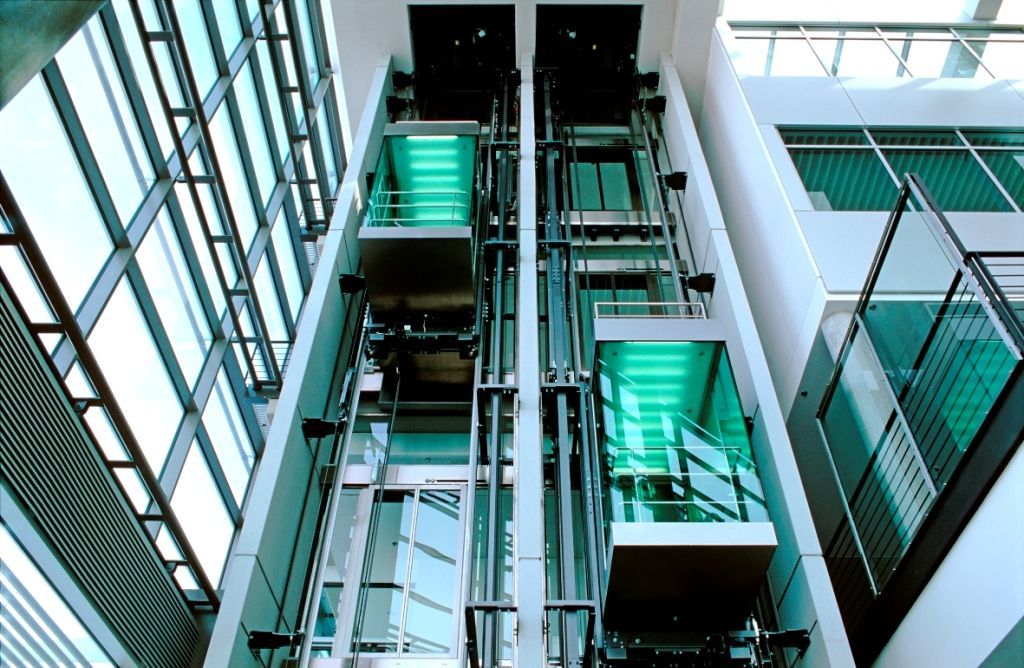
Germany Heat Exchangers Market by Type (Shell & Tube, Plate & Frame, Air Cooled, and Others), by Material (Metals, Alloys, and Brazing-CLAD), and by End User (Chemical, Energy & Power, Heating, Ventilation, Air Conditioning, and Refrigeration (HVACR), Food & Beverage, Pulp & Paper, and Others)– Opportunity Analysis and Industry Forecast, 2024–2030
Industry: Construction & Manufacturing | Publish Date: 21-Mar-2024 | No of Pages: 118 | No. of Tables: 86 | No. of Figures: 51 | Format: PDF | Report Code : N/A
Market Overview
The Germany Heat Exchangers Market size was valued at USD 773.7 million in 2023, and is predicted to reach USD 1142.8 million by 2030, with a CAGR of 5.1% from 2024 to 2030.
Heat exchangers serve as devices engineered to transfer heat from one fluid to another without direct fluid contact, extensively utilized across industrial, commercial, and residential sectors, including HVAC systems and refrigeration units, to effectively heat or cool fluids or air. They function by permitting heat to traverse a barrier, such as a solid wall or a series of plates or tubes, and can be utilized for various tasks such as heating water in a boiler or cooling air in an air conditioning system.
These devices are available in diverse designs tailored to specific requirements, ranging from simple radiator coils to intricate systems found in chemical processing plants and power generation facilities. They play a crucial role in numerous industries and applications, regulating air temperature in buildings, facilitating steam production in power plants, controlling temperatures during chemical reactions, and aiding in food processing, among other functions. Additionally, they are indispensable components in automotive cooling systems and find extensive applications in aerospace, marine, and wastewater treatment industries, contributing significantly to efficient thermal management and energy transfer.
Focus on Sustainable Practices Drives Germany’s Heat Exchangers Market
The burgeoning emphasis on sustainable practices is propelling the growth of the heat exchangers market in Germany. As environmental consciousness continues to rise, there is an escalating demand for energy-efficient solutions across various sectors.
Heat exchangers, pivotal in sustainable endeavors, facilitate heat recovery, diminish energy consumption, and mitigate environmental footprints. Germany's commitment to sustainable development and stringent environmental regulations are driving industries to invest in advanced heat exchangers technologies, enhancing efficiency, and curbing emissions.
Moreover, governmental initiatives and incentives promoting sustainability are further catalyzing market expansion, encouraging widespread adoption of heat exchangers in diverse applications, including HVAC systems, industrial processes, and renewable energy initiatives.
Increasing Demand for HVAC Systems Propels Germany’s Market
The burgeoning demand for HVAC systems is propelling the expansion of Germany's heat exchangers market. As urbanization and infrastructure projects surge nationwide, the requirement for heating, ventilation, and air conditioning (HVAC) systems escalates in residential, commercial, and industrial sectors. Heat exchangers play a vital role in HVAC systems, enabling efficient heat transfer and temperature regulation.
With Germany's emphasis on enhancing indoor comfort, energy efficiency, and air quality, there's a growing preference for HVAC systems integrated with high-performance heat exchangers. This trend is further bolstered by government initiatives advocating energy conservation and sustainable building practices, stimulating investments in energy-efficient HVAC solutions and driving the growth of the heat exchangers market in Germany.
Competition from Alternative Technologies Restrains Germany’s Heat Exchangers Market
The heat exchangers market in Germany faces stiff competition from alternative technologies. Although heat exchangers provide efficient heat transfer solutions, alternatives such as heat pumps, thermal storage systems, and direct cooling methods are becoming increasingly popular.
These alternatives often offer benefits such as reduced energy consumption, smaller space requirements, and simplified installation procedures. Moreover, advancements in materials science and manufacturing methods enable the creation of novel heat transfer solutions that may surpass traditional heat exchangers in specific scenarios. To stay competitive, German heat exchangers manufacturers must prioritize innovation, cost-efficiency, and customization to address changing customer demands and distinguish their offerings in the market.
Advancements in Cutting-Edge Materials and the Rising Trend of Industry 4.0 Create a Market Opportunity
The incorporation of cutting-edge materials such as graphene and advanced ceramics represents a significant advancement in heat exchangers technology. These materials possess outstanding attributes such as high thermal conductivity and resistance to corrosion, offering considerable potential for enhancing efficiency, durability, and overall performance in various industries such as HVACR, automotive, aerospace, and renewable energy.
By leveraging these unique characteristics, heat exchangers can facilitate more efficient heat transfer and better endure challenging operational environments, thereby improving reliability and extending lifespan. Furthermore, the adoption of advanced materials can reduce energy consumption and prolong service life by approximately 5 to 10 years, resulting in substantial advantages in operational efficiency and sustainability across different sectors.
Additionally, the rise of Industry 4.0, characterized by the integration of automation, data exchange, and digital technologies in manufacturing processes, presents additional opportunities for advancing heat exchangers technology. Through enhanced monitoring, control, and optimization enabled by Industry 4.0 technologies, heat exchangers can achieve heightened efficiency and productivity.
As a result, the synergy between advanced materials and Industry 4.0 innovations is poised to drive innovation and expansion in the heat exchangers market, offering improved performance and sustainability across diverse industrial applications.
Competitive Landscape
Several market players operating in Germany’s heat exchangers market include Alfa Laval AB, Johnson Controls International plc, Carrier Global Corporation, Lennox International Inc., Trane Technologies plc, API Heat Transfer Inc., Kelvion Holding GmbH, Xylem Inc., Danfoss Group, and General Electric Company among others. These companies are adopting various strategies such as product launches to remain dominant in the heat exchangers market.
Key Market Segments
By Type
-
Shell & Tube
-
Fixed Tube Heat Exchangers
-
U-Tube Heat Exchangers
-
Floating Head Heat Exchangers
-
Other Shell & Tube Heat Exchangers
-
-
Plate & Frame Heat Exchangers
-
Gasketed Plate & Frame Heat Exchangers
-
Welded Plate & Frame Heat Exchangers
-
Brazed Plate & Frame Heat Exchangers
-
Other Plate & Frame Heat Exchangers
-
-
Air Cooled
-
Forced Draft Heat Exchangers
-
Induced Draft Heat Exchangers
-
-
Others
By Materials
-
Metals
-
Alloys
-
Brazing-CLAD
By End User
-
Chemical
-
Energy & Power
-
HVACR
-
Food & Beverage
-
Pulp & Paper
-
Others
REPORT SCOPE AND SEGMENTATION:
|
Parameters |
Details |
|
Market Size in 2023 |
USD 773.7 Million |
|
Revenue Forecast in 2030 |
USD 1142.8 Million |
|
Growth Rate |
CAGR of 5.1% from 2024 to 2030 |
|
Analysis Period |
2023–2030 |
|
Base Year Considered |
2023 |
|
Forecast Period |
2024–2030 |
|
Market Size Estimation |
Million (USD) |
|
Growth Factors |
|
|
Companies Profiled |
10 |
|
Market Share |
Available for 10 companies |
|
Customization Scope |
Free customization (equivalent up to 80 working hours of analysts) after purchase. Addition or alteration to country, regional, and segment scope. |
|
Pricing and Purchase Options |
Avail customized purchase options to meet your exact research needs. |
KEY PLAYERS
-
Alfa Laval AB
-
Johnson Controls International plc
-
Carrier Global Corporation
-
Lennox International Inc.
-
Trane Technologies plc
-
API Heat Transfer Inc.
-
Kelvion Holding GmbH
-
Xylem Inc.
-
Danfoss Group
-
General Electric Company




 Speak to Our Analyst
Speak to Our Analyst


































